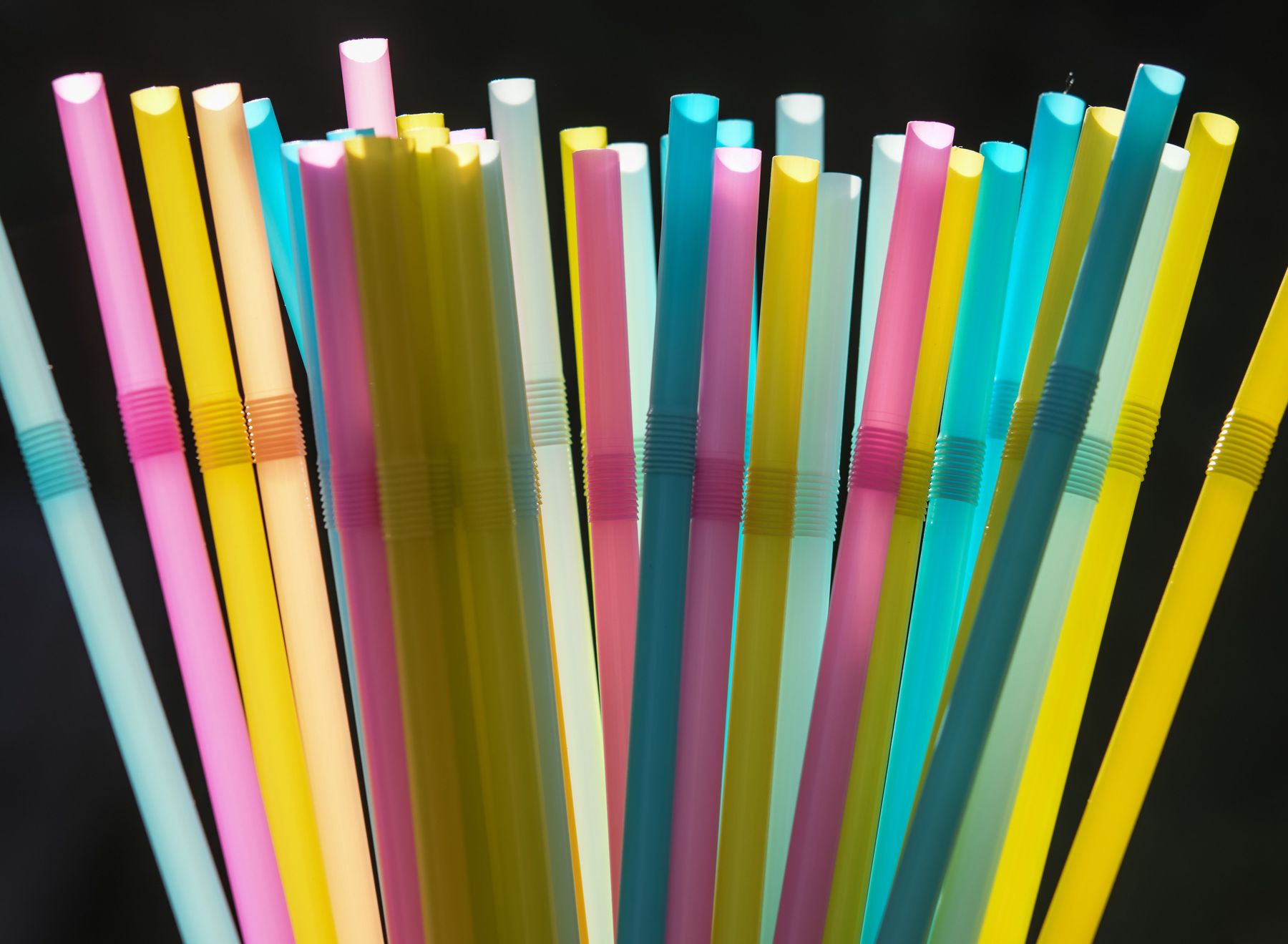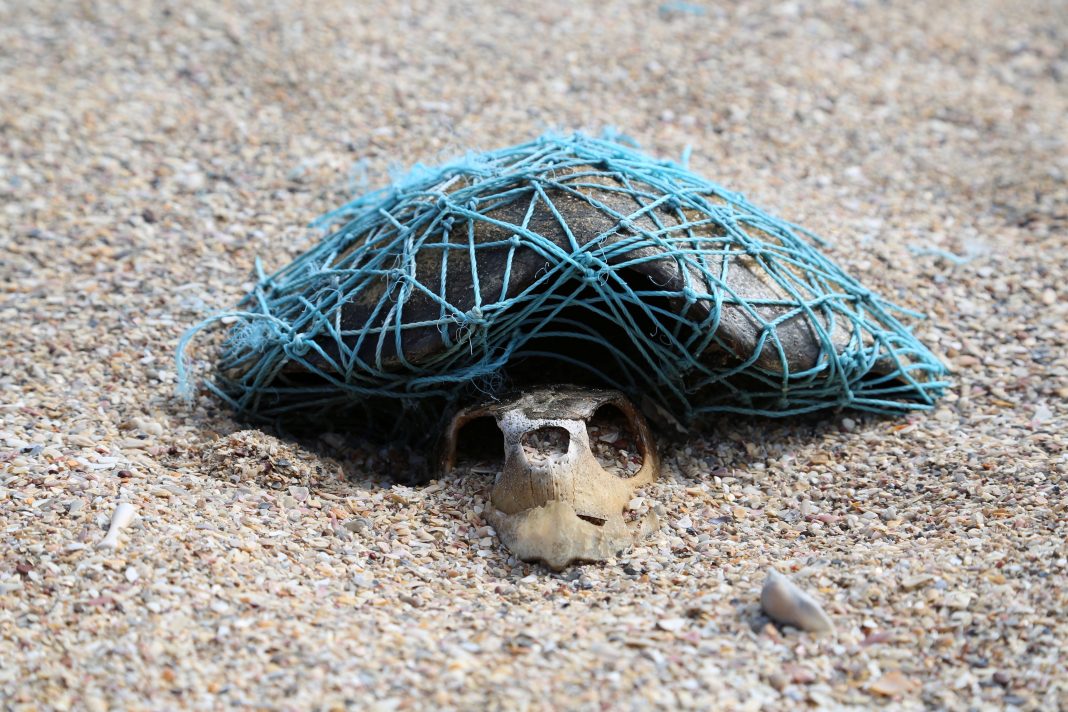Skipping straws may be hip. But there are much better ways to fight pollution.

New York’s top cocktail bars are facing something of a crisis. A fashionable global protest movement has nightlife venues scrambling to replace their plastic straws with more sustainable alternatives, such as paper ones, on the theory that doing so will reduce plastic waste in the oceans. It all sounds virtuous — but in reality, it’s likely to make matters worse. Straws make up a trifling percentage of the world’s plastic products, and campaigns to eliminate them will not only be ineffective but could distract from far more useful efforts.
The anti-straw movement took off in 2015, after a video of a sea turtle with a straw stuck in its nose went viral. Campaigns soon followed, with activists often citing studies of the growing ocean plastics problem. Intense media interest in the so-called Great Pacific Garbage Patch — a floating, France-sized gyre of oceanic plastic — only heightened the concern.
But this well-intentioned campaign assumes that single-use plastics, such as straws and coffee stirrers, have much to do with ocean pollution. And that assumption is based on some highly dubious data. Activists and news media often claim that Americans use 500 million plastic straws per day, for example, which sounds awful. But the source of this figure turns out to be a survey conducted by a nine-year-old. Similarly, two Australian scientists estimate that there are up to 8.3 billion plastic straws scattered on global coastlines. Yet even if all those straws were suddenly washed into the sea, they’d account for about .03 percent of the 8 million metric tons of plastics estimated to enter the oceans in a given year.
In other words, skipping a plastic straw in your next Bahama Mama may feel conscientious, but it won’t make a dent in the garbage patch. So what will?
From our partners:
A recent survey by scientists affiliated with Ocean Cleanup, a group developing technologies to reduce ocean plastic, offers one answer. Using surface samples and aerial surveys, the group determined that at least 46 percent of the plastic in the garbage patch by weight comes from a single product: fishing nets. Other fishing gear makes up a good chunk of the rest.
The impact of this junk goes well beyond pollution. Ghost gear, as it’s sometimes called, goes on fishing long after it’s been abandoned, to the great detriment of marine habitats. In 2013, the Virginia Institute of Marine Science estimated that lost and abandoned crab pots take in 1.25 million blue crabs each year.

This is a complicated problem. But since the early 1990s, there’s been widespread agreement on at least one solution: a system to mark commercial fishing gear, so that the person or company that bought it can be held accountable when it’s abandoned. Combined with better onshore facilities to dispose of such gear — ideally by recycling — and penalties for dumping at sea, such a system could go a long way toward reducing marine waste. Countries belonging to the United Nation’s Food and Agriculture Organization have even agreed on guidelines for the process.
But while rich countries should be able to meet such standards with ease, in the developing world — where waste management is largely informal — the problem is much harder. In Indonesia, for example, one study concluded that fishermen have little incentive to bring someone else’s net to a disposal point unless they’re getting paid to do so.
That’s where all that anti-straw energy could really help. In 1990, after years of consumer pressure, the world’s three largest tuna companies agreed to stop intentionally netting dolphins. Soon after, they introduced a “dolphin safe” certification label and tuna-related dolphin deaths declined precipitously. A similar campaign to pressure global seafood companies to adopt gear-marking practices — and to help developing regions pay for them — could have an even more profound impact. Energized consumers and activists in rich countries could play a crucial role in such a movement.
That’s a harder sell than trendy anti-straw activism, of course. But unlike those newly virtuous night clubs, it might actually accomplish something useful.
This article is written by Adam Minter & originally appeared in Bloomberg.















